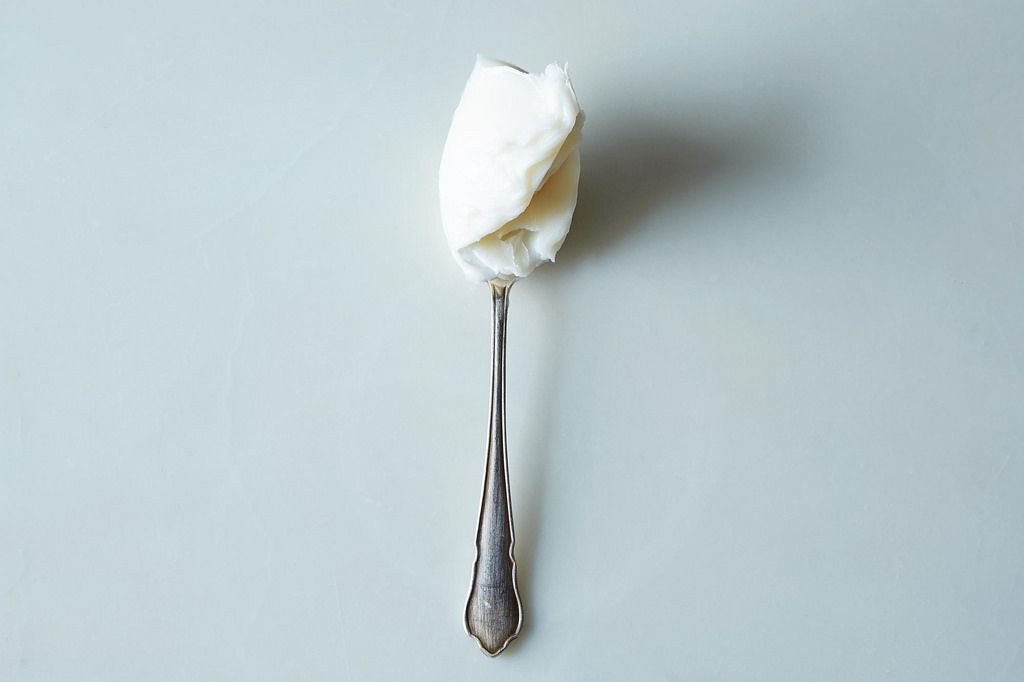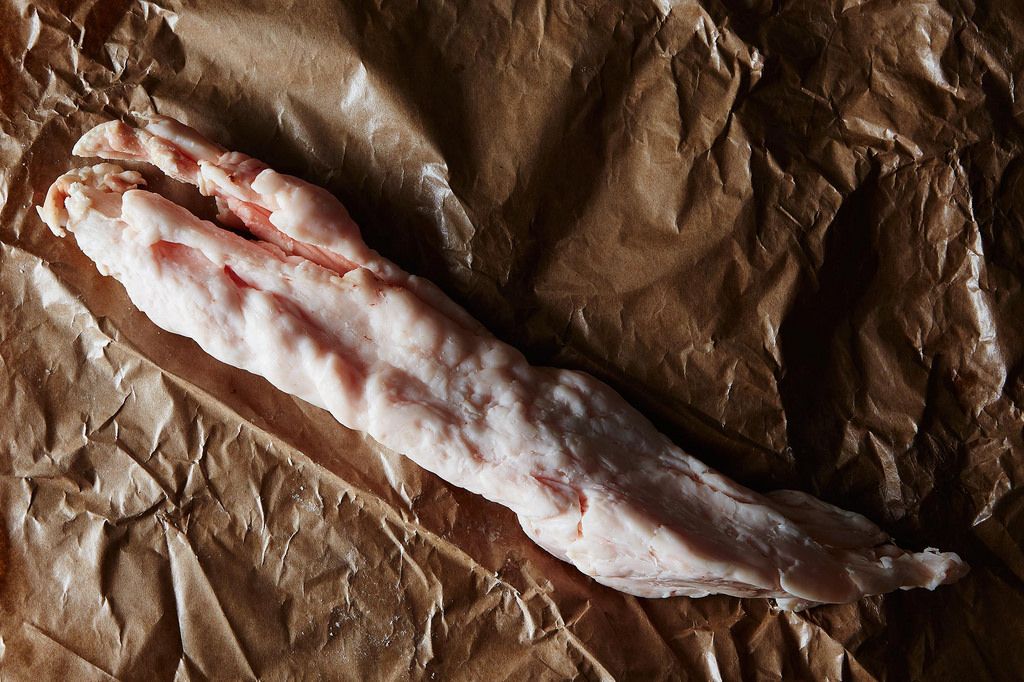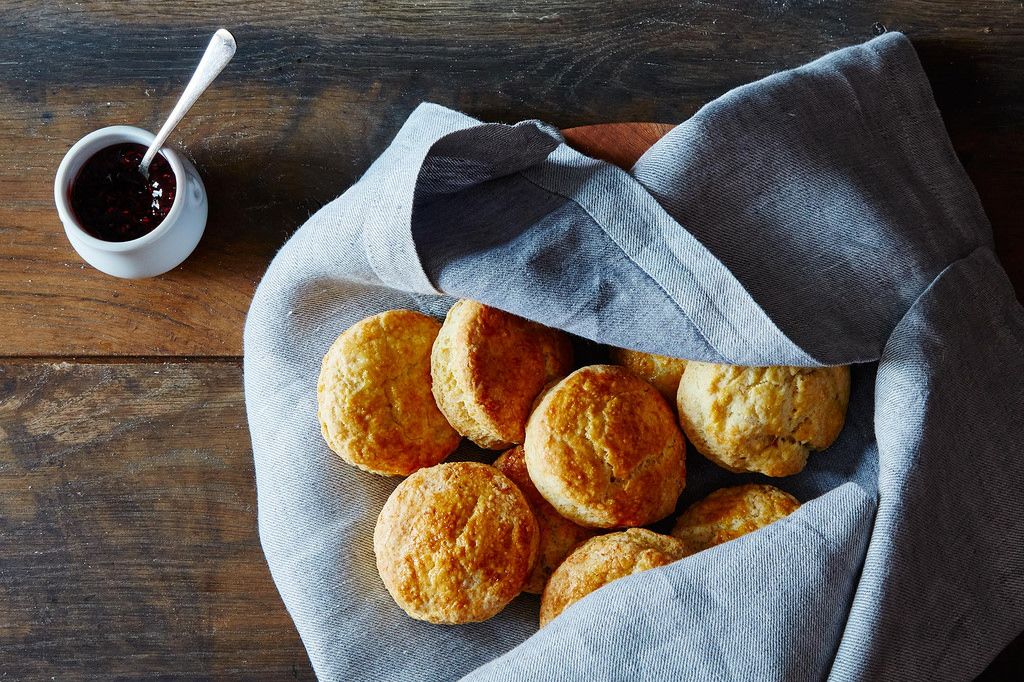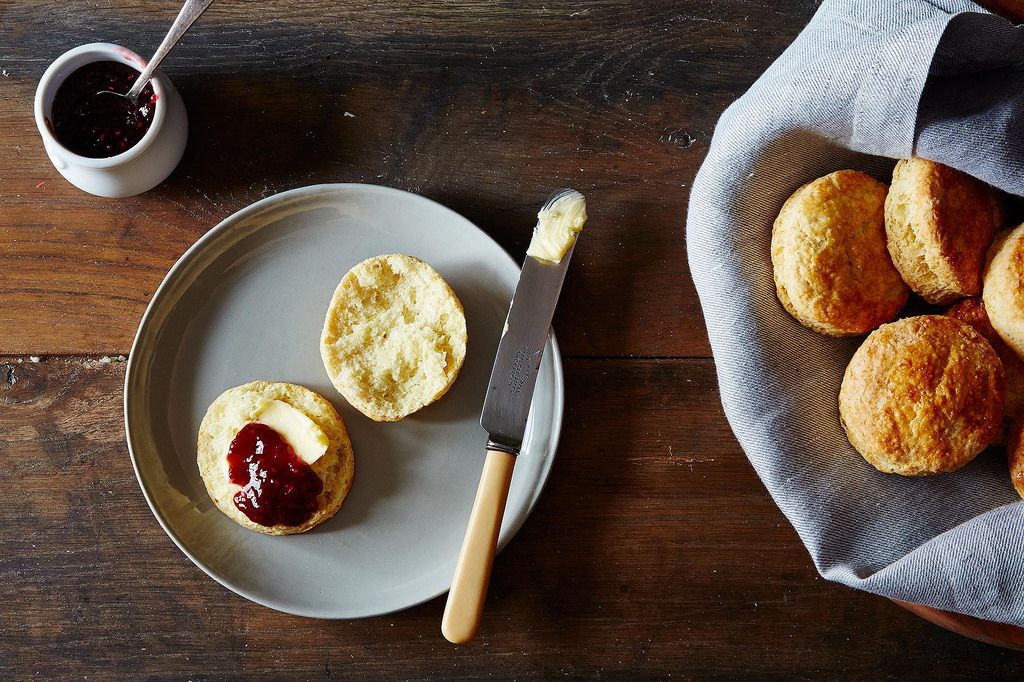Popular on Food52
9 Comments
María
February 11, 2019
LARD is a very healthy fat. It’s full of vitamin D. Saturated fat is good for you.
Ann M.
March 6, 2016
Last night I used a 50/50 lard butter combo in a red velvet cake batter. Scrumptious and velvety! I was worried initially about the smell and taste of the batter but once baked those worries were gone. I did use all butter in the cream cheese frosting recipe. I didn't want to chance a greasy aftertaste. I render my own leaf lard from my local butcher. If you have no dietary / religious restrictions / convictions I urge you to try it. I don't believe you will be disappointed.
Amanda P.
October 1, 2015
Lovely article and so informative! On the recipe, you have a range of 1.25 to 1.25 c buttermilk. Should that be 1.25 to 1.5?
Bloominfoodie
December 20, 2014
Growing up on a farm we raised and butchered our own meat but my mother drew the line at rendering lard in the house, it really is stinky. We would render outside in a cast iron pot hung over a low fire. We butched in late fall after the crops were, which meant it was cold but the pot tender got hot chocolate and first pick of the cracklins. Needless to say my brother and I fought over who got to do this job every year. Today I still use the same cast iron pot that my mother used but I now use my gas grill which doesn't have the same panache as the pot on the fire but it's a lot easier and you don't stink up the house.
Emilie
December 15, 2014
I've had a baking love affair with lard for several years and get it mail order from Dietrich's Meats in Pennsylvania. The shipping is pricey but the leaf lard itself is only $3 a pound. I wouldn't make a pie crust without it!!! (And the biscuits are pretty darn good too.)
CookOnTheFly
December 14, 2014
Andrea, Prairie Pride Farm ships nation-wide. Unfortunately they won't be producing any more lard until February. I think they sell a 5 lb bucket for about $17.00.
Andrea Y.
December 13, 2014
I have heard about leaf lard before, and I live in a major metropolitan area (Dallas) and I could not find it anywhere. I called specialty groceries, butchers, went to Hispanic groceries, and there was no leaf lard to be found. Any tips on where to find?
Cara N.
December 13, 2014
Hi Andrea! I'm going to look into that for you further, but I do know that Heritage Foods USA sells it online and ships it--I think they would be able to ship to Texas. It's $45 for 5 pounds, which is pricey, but it comes from really nice pigs and will last a very long time. You can buy it here: http://store.heritagefoodsusa.com/leaf-lard-unrendered-5lb-berkshire-or-red-wattle-p171.aspx
Let me look around for more options!
Let me look around for more options!
CookOnTheFly
December 12, 2014
Thank you! I only buy my leaf lard from Prairie Pride Farm in MN. Currently they are not producing lard until February 2015. Their lard makes the best pie crusts and biscuits that I have EVER had.





See what other Food52 readers are saying.